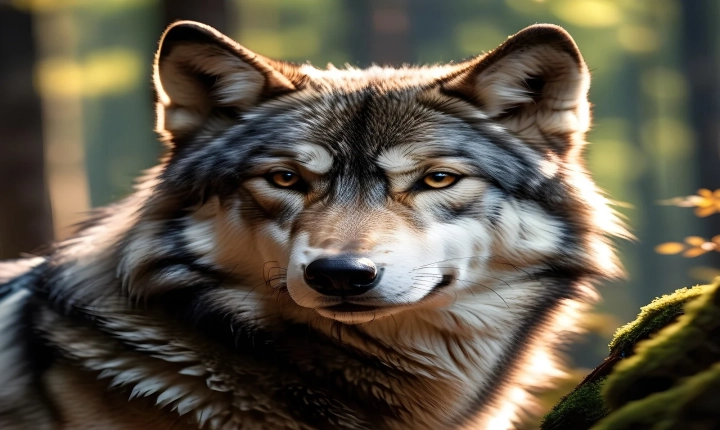Is AI art stolen art?
Art has always been a reflection of humanity’s creativity and innovation. From cave paintings to Renaissance masterpieces to modern abstract works, artists have expressed their thoughts, emotions, and perspectives through their creations. In recent years, the emergence of artificial intelligence (AI) has added a new dimension to the art world, raising questions about originality, ownership, and the ethical implications of AI-generated art.
AI art, also known as generative art, refers to artworks created with the assistance of AI algorithms and machine learning systems. These systems can analyze existing artworks, learn from them, and then generate new pieces based on the patterns and styles they have absorbed. This has led to the creation of stunning, thought-provoking, and sometimes controversial pieces that challenge traditional notions of authorship and creativity.
One of the most prominent examples of AI art is the portrait “Edmond de Belamy,” created by the Paris-based art collective Obvious using a generative adversarial network (GAN). The artwork was sold at auction for over $400,000, sparking a conversation about the value and authenticity of AI-generated works. Some argue that since the AI system was programmed and trained by human artists, the resulting art should be considered a collaborative effort rather than a purely AI-generated creation.
This raises the question: can AI art be considered stolen art? While the concept of theft usually implies the unauthorized taking of someone else’s property, the issue becomes more complex when it comes to AI-generated art. Given that the AI system relies on pre-existing data and algorithms, the question of ownership and originality is not straightforward. Can an algorithm truly hold copyright? Or should the original creators of the AI system be credited for their contribution to the creation of the artwork?
On the one hand, some argue that AI-generated art should be recognized as a form of creative expression in its own right, separate from the human artists who programmed the AI. Proponents of this view suggest that AI systems have the potential to generate entirely new artistic styles and techniques, pushing the boundaries of what is possible in the realm of art.
On the other hand, there are those who contend that the output of AI systems should be considered a derivative work of the original creators, and that the intellectual property rights of the human artists should be respected. This perspective emphasizes the importance of acknowledging the human ingenuity and creative input that went into designing and training the AI system used to generate the artwork.
In response to the growing debate surrounding AI-generated art, institutions and legal frameworks are grappling with the need to adapt copyright laws and ethical guidelines to address these emerging challenges. As the field of AI art continues to evolve, it is essential to consider how best to uphold the rights of both the human artists and the creators of AI systems, while also fostering innovation and creativity in the art world.
Ultimately, the question of whether AI art can be considered stolen art has yet to be definitively answered. As technology continues to advance and new forms of artistic expression emerge, it is crucial to engage in open and thoughtful dialogue about the ethical implications of AI-generated art. By doing so, we can ensure that the rights of creators are respected and that the art world continues to flourish in a way that reflects the evolving nature of human ingenuity and technological progress.
